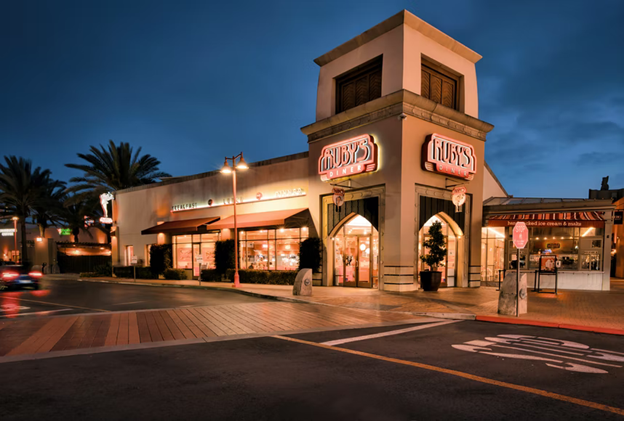A Guide to Commercial Subleases

The Advantages of Subleasing
Traditional commercial leases between landlords and tenants are generally much longer to help ensure cash flow for the property owner. For sublessees who only need space for a short time, subleases can be much shorter in duration with far less of a commitment. Sublessors can also benefit from this arrangement, knowing that if their industry pivots and they need the space back, it would be a matter of months (not years) until the sublease ends.
Subleases are far less complicated than direct leases, and usually, the sublessees do not commit to maintaining or renovating aging facilities. They are fully-serviced leases with static (unchanging) costs and payments and could even include access to shared amenities like break rooms, meeting areas, and office equipment.
The Disadvantages of Subleasing
Although this isn’t as long as the list of pros above, some caveats come with subleasing. Sublessees could run the risk that their sublessors default on the original lease terms with the landlord, leaving all tenants locked out. Sublessors are 100% responsible for all rent and any other obligations, even if the costs are incurred in the subleased space.

Working With Professionals
Whether you’re a sublessor looking for more cash flow or a sublessee looking for flexible lease terms, subleasing can be an excellent opportunity for all parties involved. A seasoned tenant representative will save you both time and money by providing real estate expertise. Tenant representatives offer the following advantages:
Tenant representatives have a fiduciary duty to serve you – they are dedicated to the best interests of their clients.- Tenant representatives provide market knowledge – valuable information to arm you against landlords.
- Tenant representatives save you time – which allows you to stay focused on your business and serving your customers.
- Tenant representative's services cost nothing to the client – landlords pay commissions.
G.J. Grewe, Inc. provides complete and extensive market analysis to identify properties that can accommodate your specific needs. Our expertise in the St. Louis real estate market ensures that each client receives the most comprehensive and well-targeted property options.
We are a team of experienced commercial real estate professionals with expertise in all areas of our business. Since 1984, our company has built and managed over 4,000,000 square feet of retail, office, industrial and warehouse space. G.J. Grewe, Inc. has the knowledge and resources to help businesses, small and large, thrive, along with the surrounding community. Whether you are looking to relocate, expand, or need assistance managing your property, we are happy to assist –
contact us today to get started!


